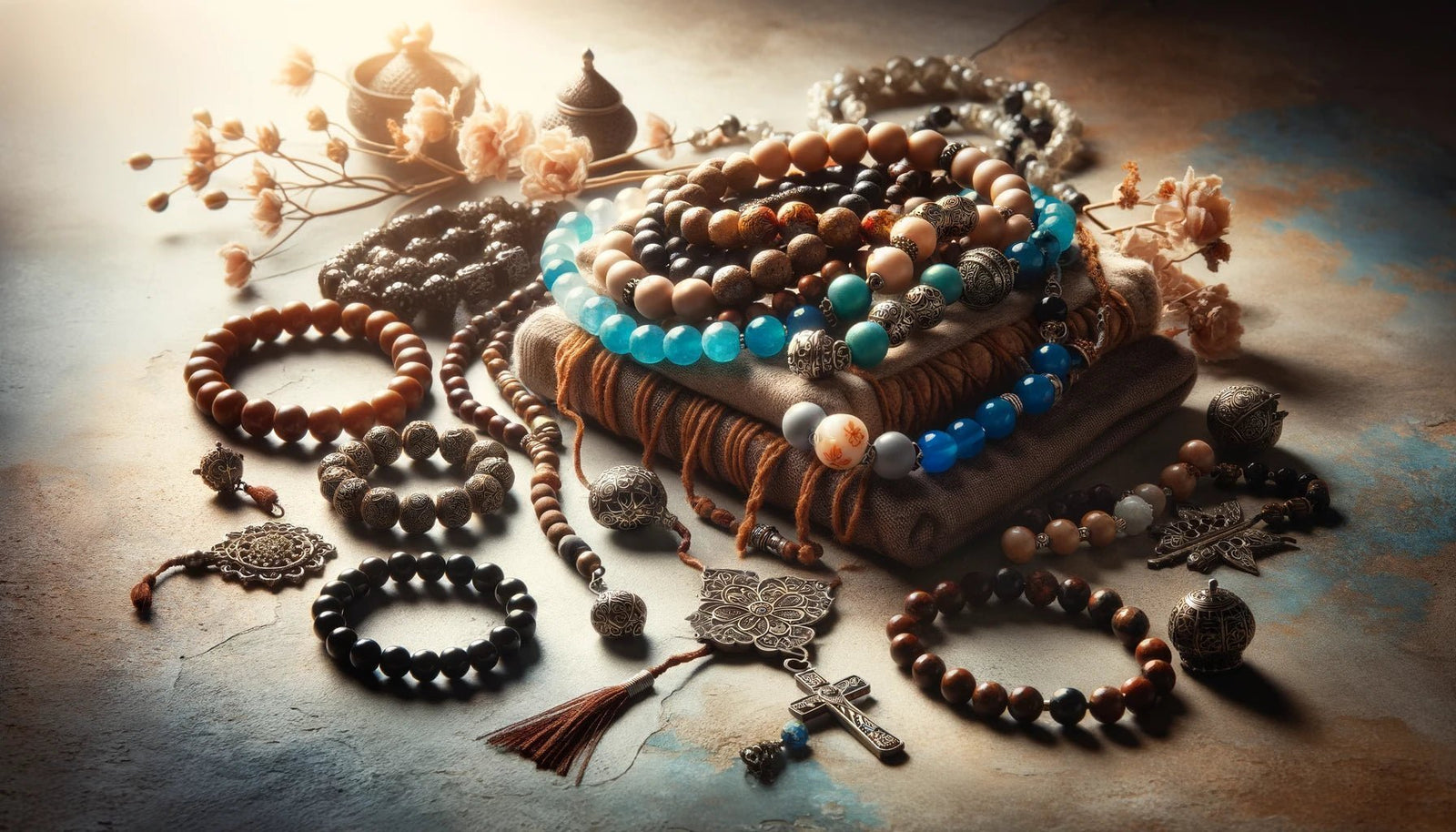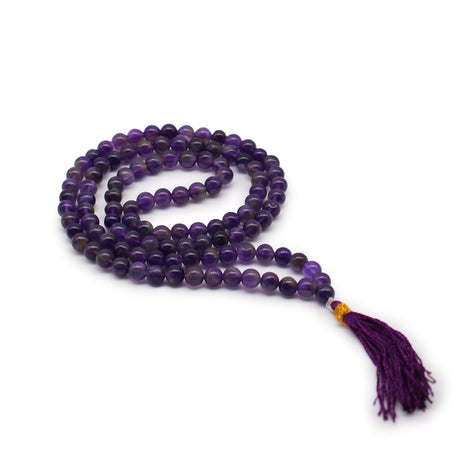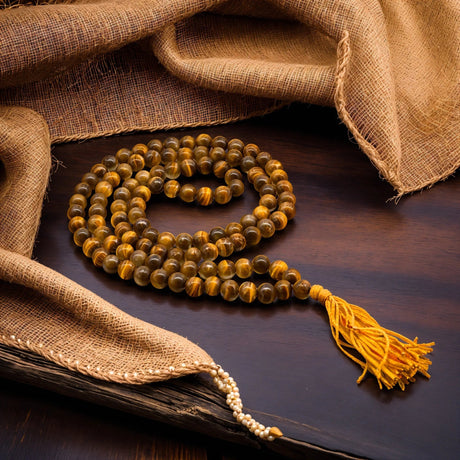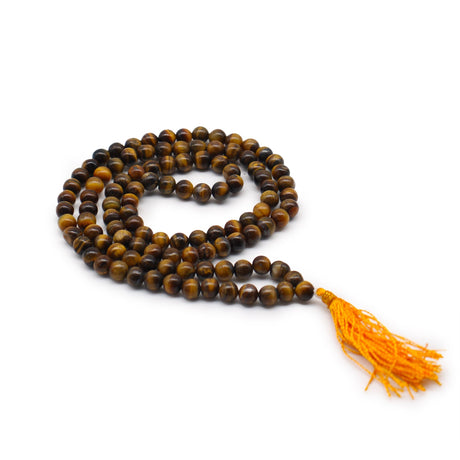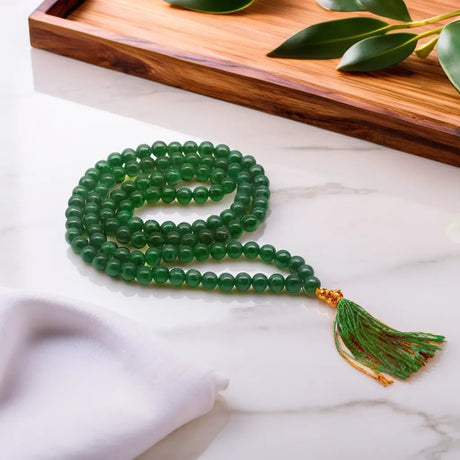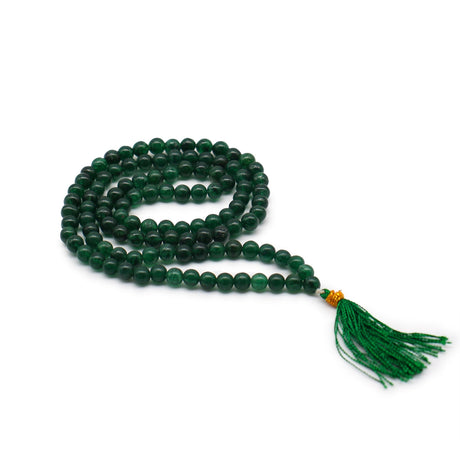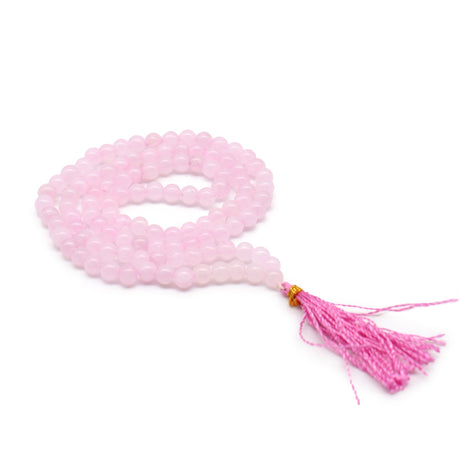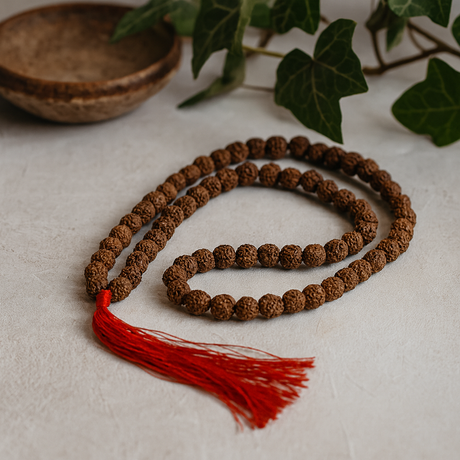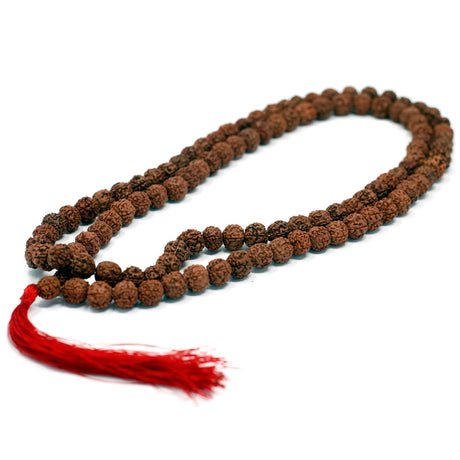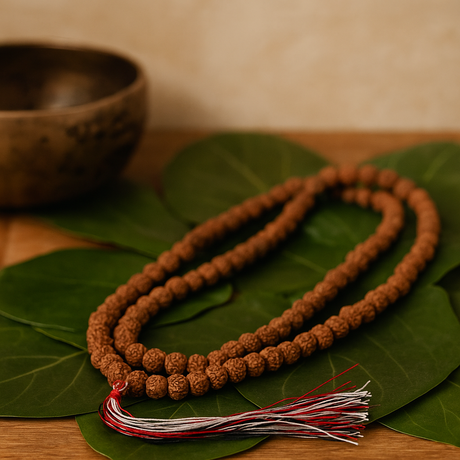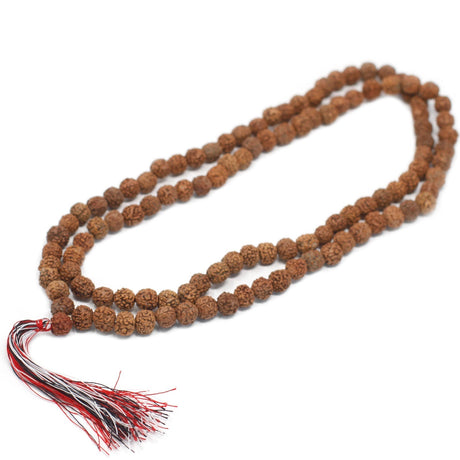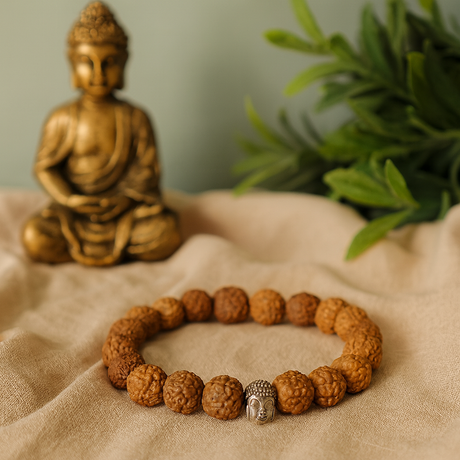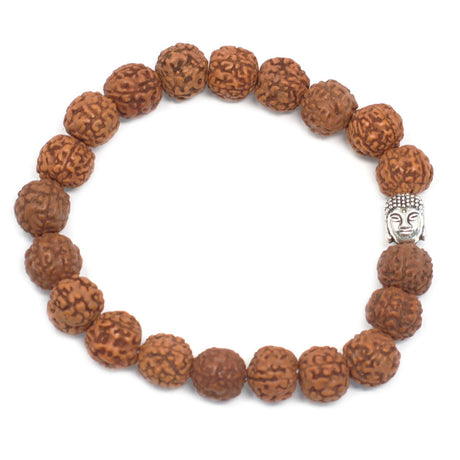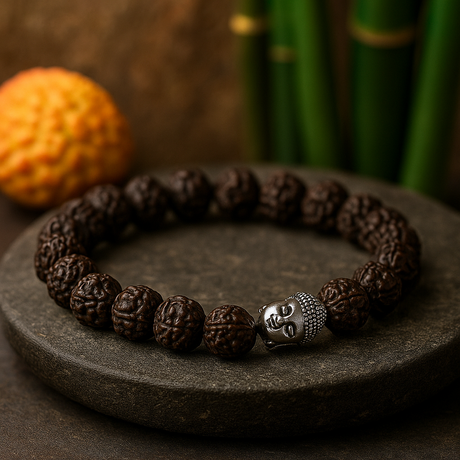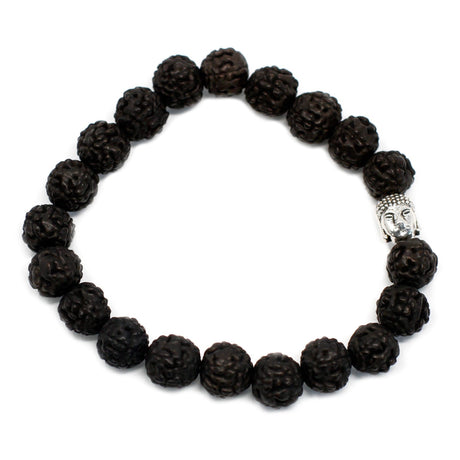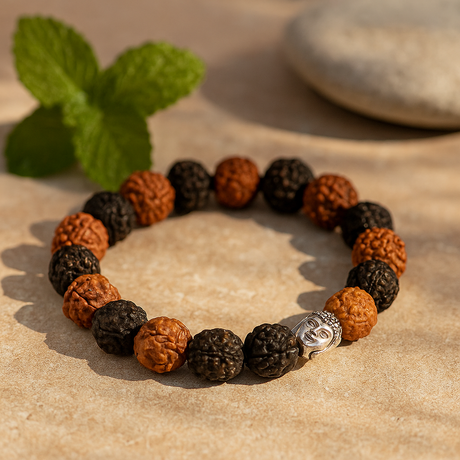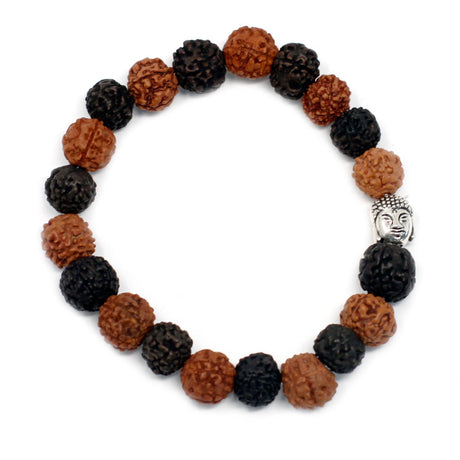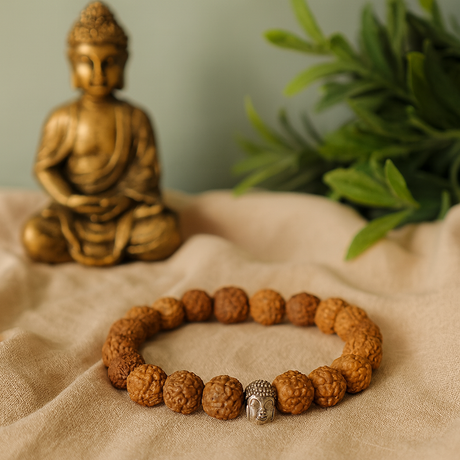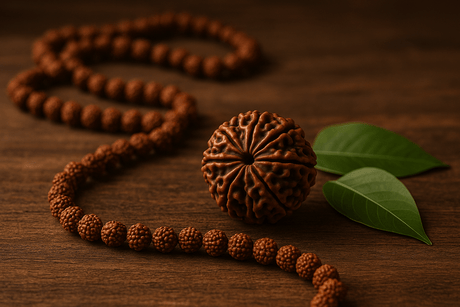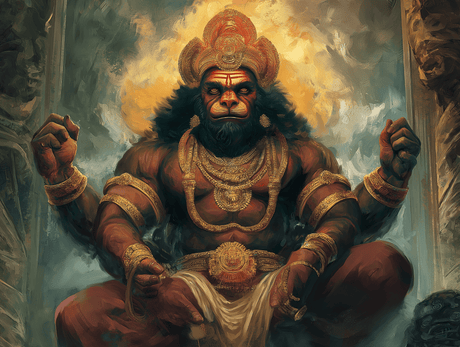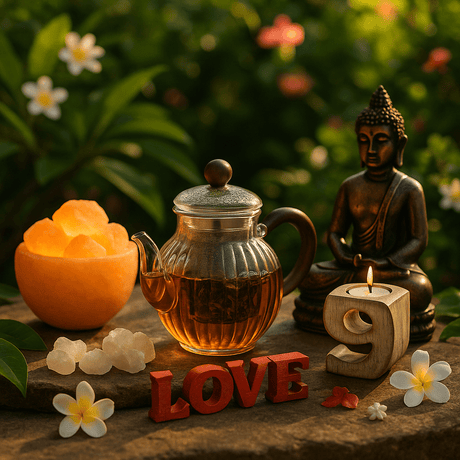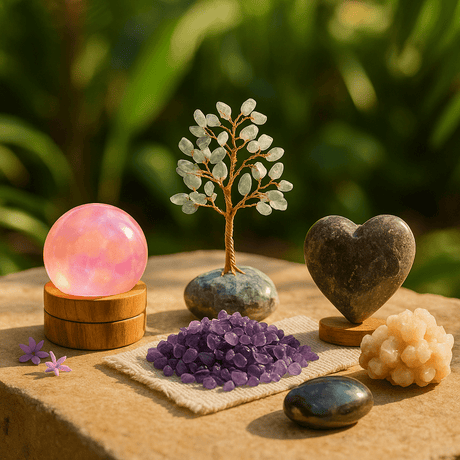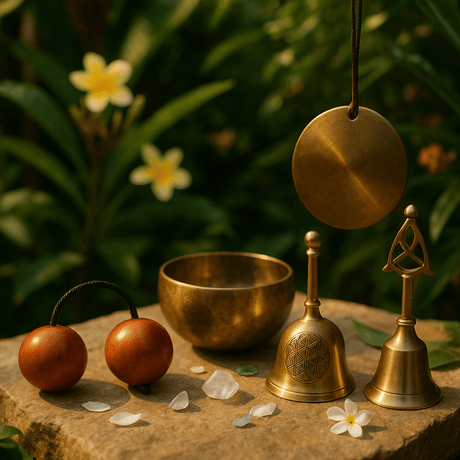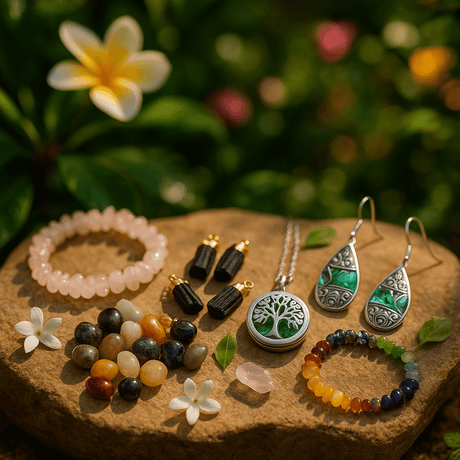Prayer beads, a simple yet powerful tool for connecting with the divine, transcend cultures and religions. Found across the globe, these silent companions serve as a tactile reminder for devotion, a way to focus the mind during prayer, and a means of keeping count of recited mantras or verses.
What are Prayer Beads?
Prayer beads are typically a string of beads made from various materials, such as wood, seeds, or gemstones. They are used to count repetitions of prayers, mantras, or invocations. The rhythmic movement of the beads between the fingers can be calming and meditative, promoting a sense of focus and inner peace.
Origins and Etymology of Prayer Beads
The exact origins of prayer beads remain shrouded in some mystery. Archaeological evidence suggests their use dates back to ancient civilizations, with beads discovered in Mesopotamia and Indus Valley sites.
- Ancient Beginnings. Beads, the very building blocks of prayer beads, rank among the earliest human ornaments. Archaeological discoveries in Africa reveal ostrich eggshell beads dating back a staggering 10,000 years. Over time, various cultures across the globe fashioned beads from an astonishing array of materials, from stone and shells to clay.
- The Word and the Ritual. The very word "bead" whispers of its connection to prayer. Derived from the Old English noun "bede," it carries the meaning of a prayer itself. Perhaps the most captivating glimpse into the early history of prayer beads comes from a fresco discovered in Akrotiri, Santorini (ancient Thera), Greece. Dating back to the 17th century BC, this image depicts figures adorned with strings of beads remarkably similar to modern prayer beads.
- Hindu Roots and Buddhist Borrowing. While the exact origins remain shrouded in some mystery, the historical trail of prayer beads leads us to India. Evidence suggests their use in Hindu prayers and meditation practices dates back to around 500 BC. Buddhism, a religion with deep roots in Hinduism, is believed to have adopted this practice, further disseminating the concept of prayer beads across Asia. The idea likely spread as ancient Hindus migrated westward, carrying this tradition with them and weaving it into the fabric of various religions around the globe.
The journey of prayer beads continued beyond India, reaching the Middle East, Japan, and China. Interestingly, in Greece, a simpler term – "worry beads" – reflects the practice's use for comfort and stress relief.

Structure of Prayer Beads
While the specific design varies across traditions, prayer beads often share some common elements.
- The String. The string holding the beads together is symbolic of the continuity of faith and devotion.
- The Spacer Beads. Larger or distinct beads often separate groups of smaller counting beads, aiding in keeping track of repetitions.
- The Counter/Marker Bead. A single bead may signify the completion of a specific prayer cycle.
- The Tassel or Pendant. Sometimes a decorative tassel or pendant is attached, holding symbolic meaning within specific traditions.
Prayer Beads in World Religions
Judaism
While not as widely used as in other religions, some Judaic traditions utilize prayer beads called a Misbaha. These simple strings of beads are often used for silent prayers or meditations.
Christianity
The Rosary, a prominent form of Christian prayer beads, consists of 5 decades (sets) of 10 beads each. Catholics use the Rosary for meditative prayer, reflecting on the mysteries of the faith. Other Christian denominations have their own bead traditions, such as the Anglican Chaplet or the Orthodox prayer rope (chotki).
Islam
Muslims utilize Tasbih, prayer beads with either 99 or 33 beads.
99 Beads is the most common number of beads in a Tasbih. They represent the 99 names of Allah, each recitation serving as a powerful reminder of God's attributes. Some Tasbih have 33 beads, which can be recited three times to reach 99. This variation might be used for specific dhikr practices or simply a preference.
These Tasbih are used for ذکر (dhikr), the remembrance of God. Muslims use them to repeat short phrases or prayers, such as "Subhanallah" (Glory be to God) or "Allahu Akbar" (God is Great), promoting focus and deepening their connection with the divine.
Bahá’í Faith
The Tasbih, similar to the Islamic Tasbih, is used for prayer and remembrance in the Bahá’í Faith.
Hinduism
The Japa Mala, a "garland of prayer", is the most common Hindu prayer bead, typically with 108 beads. The number 108 holds immense significance, symbolizing various aspects of the universe, planetary alignments, or the 108 Upanishads (ancient sacred texts).
Japa malas are used for chanting mantras (sacred syllables or phrases) and meditating on deities. The rhythmic movement of the beads between the fingers aids focus and concentration.
Japa malas can be crafted from various materials like rudraksha seeds (considered sacred), tulsi (holy basil) wood, gemstones, or even lotus seeds. Each material may hold additional spiritual significance.
Buddhism
Similar to the Hindu Japa Mala, Buddhist malas typically have 108 beads and are used for chanting mantras, focusing meditation, and counting prostrations.
While 108 beads are most common, some malas may have 27 beads recited four times to reach 108. There are also wrist malas with fewer beads for constant wear and discreet practice.
Similar to Hinduism, Buddhist malas come in various materials like sandalwood, lotus seeds, and gemstones like Bodhi seeds (associated with awakening).

The Meaning Behind the Number 108 in Prayer Beads
The number 108 holds a powerful and multifaceted place within the world of prayer beads, particularly in Hinduism and Buddhism.
One theory suggests the number arose from ancient astronomical observations. The number 108 closely mirrors the average distance between the Sun, Moon, and Earth. Additionally, some believe it reflects the cycles of the universe, with 108 representing the combined number of lunar months in a Vedic calendar cycle (33) and the number of times the sun changes signs in the zodiac (72).
Within Hinduism, the significance of 108 extends further. It is said to be the number of marmas, vital points in the body, and the number of Upanishads, ancient sacred texts containing esoteric knowledge. Chanting a mantra 108 times is believed to bring about a state of complete transformation.
Buddhist traditions also hold the number 108 in high regard. It is believed to represent the 108 earthly desires that one must overcome to achieve enlightenment. Reciting mantras 108 times is seen as a way to purify these desires and cultivate a path towards liberation.
Materials Used for Making Prayer Beads
The materials used in prayer beads hold significance across traditions.
Seeds and Fruitstones
- Lotus Seeds. Symbolizing purity, enlightenment, and spiritual growth, lotus seeds are used in prayer beads across some Buddhist traditions.
- Sandalwood. Known for its calming fragrance, sandalwood beads promote focus and inner peace during meditation.
- Tulsi (Holy Basil). Sacred to Vaishnavas (devotees of Vishnu) and symbolizing devotion and purity, tulsi wood is a popular choice for Japa Malas.
- Rudraksha Seeds. Considered sacred in Hinduism, these seeds are believed to be the tears of Lord Shiva. They are often used in Japa Malas and are associated with auspiciousness and spiritual growth.
- Abrus Precatorius (Indian Licorice). Found in some Hindu malas, these red seeds symbolize removal of obstacles and attainment of desires.
- Job's Tears. Used across various cultures, these hard, bead-like seeds represent strength, perseverance, and overcoming challenges.
- Bodhi Seeds. Associated with the Buddha's enlightenment under the Bodhi tree, these seeds are commonly used in Buddhist malas and symbolize awakening and liberation.
- Vayanjanti Seeds. Believed to bring protection and ward off evil in some traditions, Vayanjanti seeds are often used for prayer beads.
- Ritu Grains. These small, black seeds symbolize inner peace and are used in some prayer bead traditions.
Other Materials
- Pearls. Associated with purity, wisdom, and compassion in many traditions, pearls are often used in prayer beads for a calming and introspective experience.
- Bone. While less common now, bone beads were traditionally used in some cultures and may represent strength or connection to ancestors.
Hindu Traditions: Beads and Beliefs
Within Hinduism, the materials and usage of prayer beads can reveal fascinating distinctions between Vaishnavas and Shaivites traditions.
Vaishnavas, devotees of Vishnu, consider tulsi wood (holy basil) to be the most sacred material for Japa Malas. Tulsi is revered for its purifying properties and believed to be especially dear to Lord Vishnu. Vaishnavas traditionally avoid using their index finger while manipulating the beads, often employing special pouches to hold the mala and free the finger. This practice is said to demonstrate respect for the sacredness of the tulsi wood.
Shaivites, followers of Shiva, on the other hand, hold rudraksha seeds in high regard. Believed to be the tears of Lord Shiva, these seeds are imbued with auspiciousness and are used extensively in Shaiva prayer beads. Unlike Vaishnavas, Shaivites typically avoid using both the index finger and middle finger when handling their malas. These specific practices within Hinduism highlight the rich tapestry of symbolism and customs associated with prayer beads.

Different Prayer Bead Names
The names for prayer beads vary across cultures, each carrying a unique significance.
- Japa Mala (Hinduism & Sikhism). "Japa" meaning recitation or chant, and "Mala" meaning garland.
- Tasbih-Tesbih (Islam & Bahá’í Faith). Derived from the Arabic word "tasbih," meaning glorification of God.
- Masbaha-Misbaha-Mesbah (Islam). All referring to a string of beads, with variations depending on region and language.
- Rosary (Christianity). From the Latin "rosarium" meaning rose garden, likely referencing the beauty and devotion associated with the prayers.
- Chaplet/Chapel (Christianity). These terms are used for various Christian prayer bead traditions, often with a smaller number of beads than the Rosary.
Using Prayer Beads Across Traditions
Prayer beads, beyond their symbolic materials and beautiful designs, serve as powerful tools for meditation and prayer in various religions.
Hinduism
- Japa Mala Practice. Traditionally, Hindus use their Japa Mala while seated in a quiet posture. They hold the mala between the thumb and middle or ring finger, gently reciting mantras with each bead. The rhythmic movement of the beads and focus on the mantra serve as an anchor for meditation, promoting concentration and inner peace.
- Historical Origins. Evidence suggests the use of Japa Malas in Hindu prayers and meditation dates back to around 500 BC. Early scriptures like the Bhagavad Gita mention the practice of japa (repetition of mantras) as a path to spiritual realization.
Buddhism
- Mantra Recitation and Prostrations. Similar to Hindus, Buddhists use their malas for chanting mantras and focusing meditation. They may also use the mala to count prostrations (full body bows) during devotional practices.
- Counting Cycles. While 108 repetitions are common, some traditions use malas with multiples of 108 beads, allowing for counting cycles of mantras or prostrations.
Islam
- Dhikr (Remembrance of God). Muslims utilize Tasbih for dhikr, the act of remembering God. They recite short phrases or prayers, such as "Subhanallah" (Glory be to God) while moving the beads between their fingers. Counting the repetitions on the tasbih helps them focus on dhikr and deepen their connection with Allah.
- Early Tasbih Use. Historical accounts suggest the use of prayer beads in Islamic traditions emerged around the 8th or 9th century AD. While not explicitly mentioned in the Quran, the practice gained popularity as a way to facilitate dhikr and personal devotion.
Christianity
- The Rosary. Catholics use the Rosary for a specific meditative prayer centered on the mysteries of the faith. Each bead represents a specific prayer or reflection point within the Rosary.
- Other Christian Traditions. While the Rosary is prominent in Catholicism, other Christian denominations have their own bead traditions. Anglicans may use prayer beads with specific numbers of beads for designated prayers, and Eastern Orthodox Christians often utilize a prayer rope (chotki) for repetitive prayers.
Judaism
- Misbaha for Silent Prayers. While less widespread than in other religions, some Judaic traditions utilize prayer beads called Misbaha. These simple strings of beads are often used for silent prayers or personal meditations.
- Limited Historical References. There is limited historical information on the precise origins of Misbaha use in Judaism. Some scholars believe it may have been adopted from Islamic practices or developed independently as a tool for focused prayer.
These examples showcase the diverse ways prayer beads are used across traditions. Despite their varied applications, they all serve a common purpose: to aid practitioners in focusing their prayers, deepening their connection with the divine, and achieving a state of inner peace or spiritual awareness.
Using Prayer Beads in Your Daily Practice
While specific practices vary, here are some general ways to incorporate prayer beads into your daily routine.
- Choose Your Beads. Select beads that resonate with you, considering the material, number of beads, and any symbolic meaning they hold for your tradition.
- Find a Quiet Space. Create a peaceful environment free from distractions. Sit comfortably with your beads in your hands.
- Set an Intention. Take a few moments to center yourself and establish your purpose for using the beads. Is it for meditation, prayer, or chanting mantras?
- Mindful Movement. As you recite your prayers, mantras, or affirmations, gently move the beads between your fingers, focusing on the tactile sensation and the rhythm of your breath.
- Completion. When you reach the final bead or complete your cycle of prayers, take a moment to reflect on your intention and the feelings that arise.
Conclusion 📿
Prayer beads, transcending cultures and languages, offer a powerful tool for connecting with the divine and fostering inner peace. Whether used for meditation, prayer, or mantra recitation, these silent companions can deepen your spiritual practice and guide you on your personal journey.
